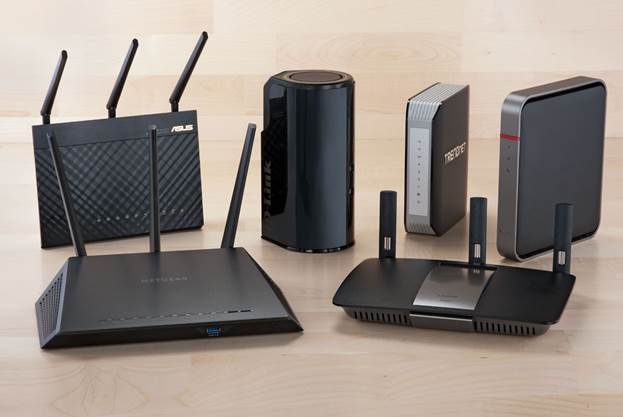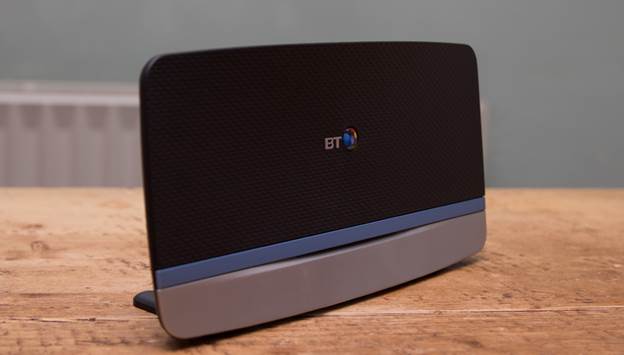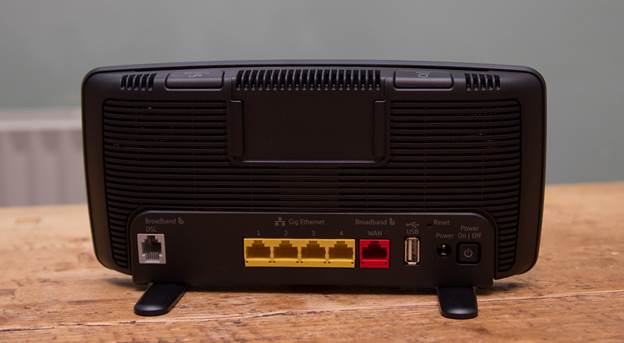We tests 13 of the
latest routers to see which ones provide the biggest boost to your Wi-Fi
network.
When you
sign up for a broadband deal, your ISP will send you a router that connects to
the internet and shares your network around your home. Some ISP routers are
excellent, but others don’t perform well, and if you’ve had yours for more than
a year or two, you may find it’s become outdated.
We’ve
tested 13 new routers, 10 of which use the latest 802.11ac Wi-Fi standard to
provide superfast connections to compatible devices, and put them through a
series of tests to find out which models get the best from your broadband.
How we tested
We ran a
series of tests on each router, connecting a typical laptop (with Centrino 2 built-in
Wi-Fi) to each network and timing how long in Mbps (megabits per second) it
took to transfer a 100MB file. We performed the test at a distance of 10m from
the router in the same room, and at 20m from the router in an adjoining room.
We then repeated the test using a USB Wi-Fi dongle (if available, one supplied
by the router manufacturer).

Some ISP routers are excellent, but others
don’t perform well
BT Home Hub 5
The Home
Hub 5 is BT's first 802.11ac router, but you don’t have to be a BT Broadband
customer to use it. The device supports both ADSL and VDSL (fiber) connections,
and there’s also a Gigabit Ethernet WAN (Wide Area Network) port to connect to
a cable modem, so it should work with any type of internet connection you have
now or in the foreseeable future. There’s a USB port for adding network storage
or printer sharing, and four Gigabit Ethernet ports to connect your wired devices.
You access
the router’s web interface through your browser, where a guided configuration
tool helps you set it up. By default, both 2.4 and 5GHz networks have the same
name and password, so if you want to choose one or the other, you’ll need to
change their names.
The basic
interface is easy to navigate and understand, and covers the essential
features. The Smart Setup blocks some of the more advanced options but it
provides a gentle introduction to the router and can be switched off once you
know what you’re doing.

The BT Home Hub 5
In our
laptop tests, the speed of the 2.4GHz network was among the fastest we saw,
achieving 76.7Mbps at 10m (the best performance in this test), but dropping to
11.9Mbps at 20m. On the 5GHz network, the integrated adapter sped up to
78.9Mbps at 10m (fourth fastest) and 14Mbps at 20m.
BT couldn’t
supply us with an 802.11ac wireless adapter to match the router, though there
is one available to buy. Instead, we used a Buffalo AC866, which performed well
with the other routers we tested it with. In our 2.4GHz test, we got a 10m
speed of 64.6Mbps (third fastest), but couldn’t get a stable connection at 20m.
At 5GHz, we saw top speeds of 149.2Mbps at 10m, which was just fifth fastest
and 58.2Mbps at 20m.
Verdict
With
excellent overall performance and a great set of features, the BT Home Hub 5 is
one of the most capable 802.11ac routers around. Whatever you need to connect
it to, now or In the near future, it’s up to the job. We witnessed some superb
speeds that make it well worth its price. It’s also easy to use, hiding some
features from beginners but making them easily accessible when you’re ready to
make advanced customizations.

The BT Home Hub 5’s back
|
Specs
· Model: Home Hub 5
· Price: $216
· Modem type: ADSL, Ethernet
· Wi-Fi: 802.11ac
· Stated speed: 1,300Mbps
· Antennas: Not disclosed (internal,
non-upgradeable)
· WAN ports: 2
· LAN ports: 4 x 10/100/1,000Mbps
· Other ports: 1 x USB
· Warranty: One-year return to base
· Dimensions: 236 x 116 x 31mm
Rating
· Features: 4/5
· Performance: 5/5
· Ease of use: 5/5
· Value for money: 5/5
· Overall: 5/5
|